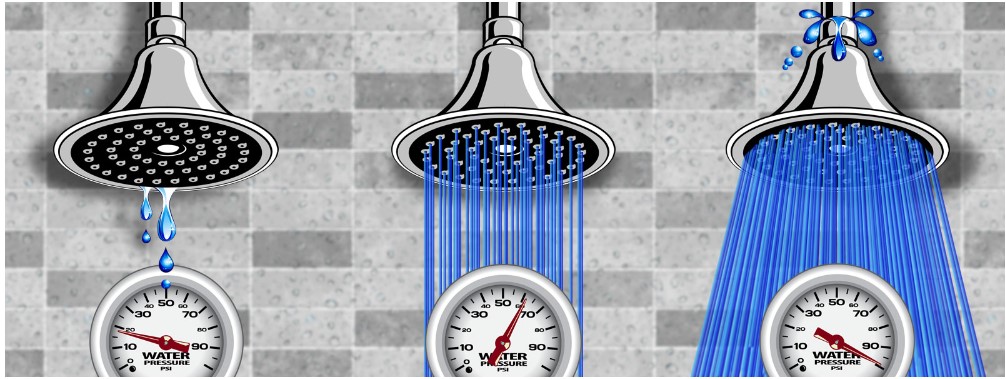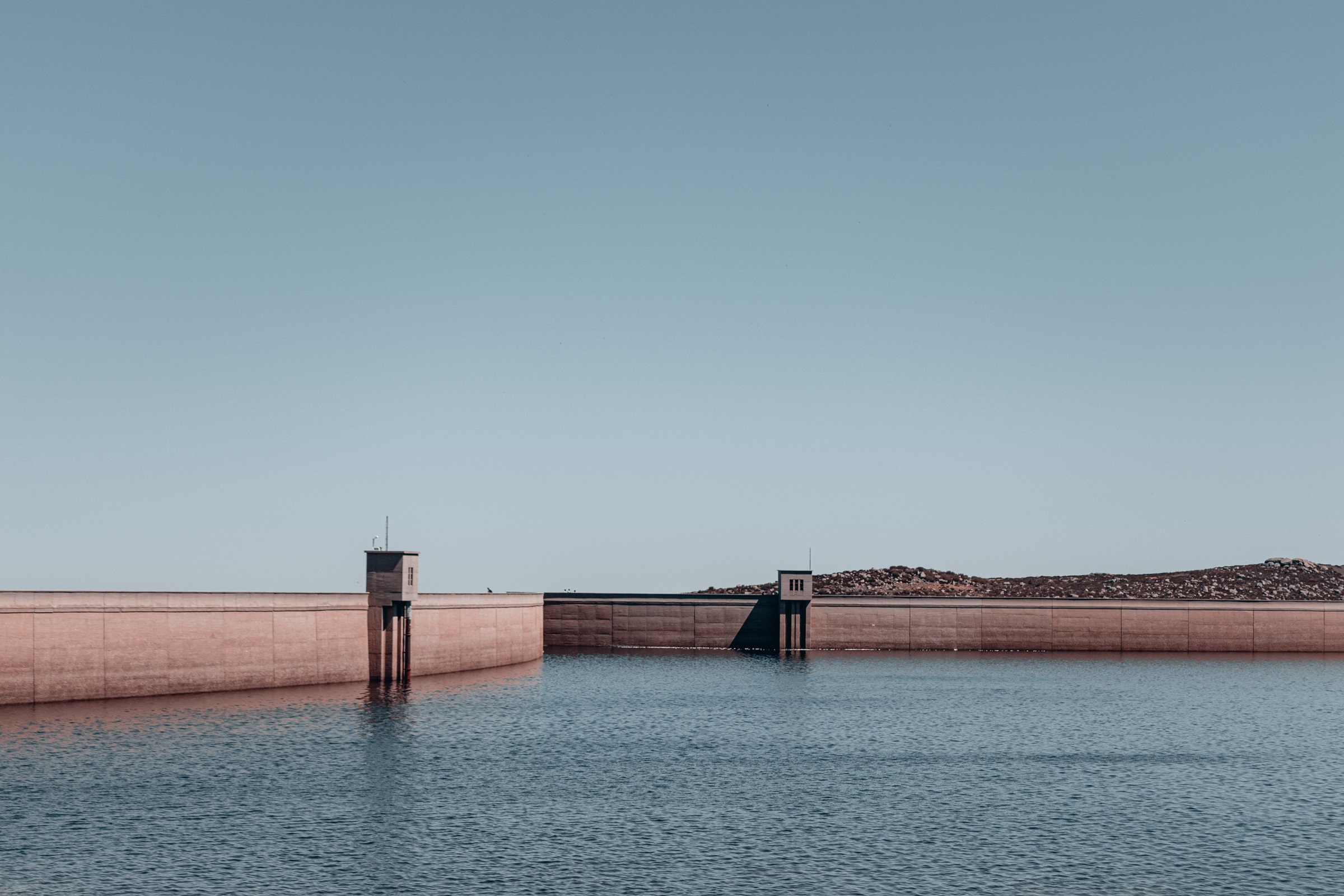Water pressure
Water Pressure
Water Pressure Reports
Good water pressure is something most homeowners take for granted. There’s nothing worse than coming home from a hard day at work, looking forward to a nice shower, only to be met by trickling water due to low pressure.
On the other hand, excessively high pressure can be a source of great stress and frustration. From joints to supply lines to faucets, damage can occur throughout the plumbing system; high pressure will also keep your water bill higher than it should be.
Below, we’ll take a look at how water pressure is generated, and why it matters.

How Is Water Pressure Created?
Most residential areas receive their water from a municipal water provider. Many areas utilize groundwater sources, but surface water – reservoirs, lakes and rivers – makes up the bulk of municipal supplies.
Whatever the source, water is typically pumped to treatment facilities, and then to pressure tanks located at high points throughout the distribution area (in some communities, tall water towers are used). The height of these tanks relative to the distribution area – along with the weight of the water – is what generates pressure. The higher the tank, the greater the pressure.
The pressurized water moves from the tank to the water mains that feed the community. Depending on the circumstances of the area, booster stations may be located throughout, which use pumps to maintain pressure in the distribution system. In areas where pressure becomes too high, pressure reducing stations transfer high-pressure water to low-pressure areas, maintaining manageable levels throughout the system.
Helpful Hint: Private residential wells use a pressure tank and switch to control the water pressure. These are most commonly set at 30-50 psi, turning on the pump at 30 psi and off at 50 psi.
What Should My Water Pressure Be?
Many factors influence the final water pressure you get in your home. The elevation of the building relative to both the height of the tank/tower and the location of the water main can make a significant difference, as can the size of the main and the number of homes connected to it. A service line (the pipe connecting the home to the main) not properly sized for the home’s needs can also affect the final pressure at the tap.
Pro Tip: Once water is in your home’s plumbing system, there are many ways pressure can be decreased – blocked pipes, clogged filters or aerators, sediment-laden water heaters and plain old leaks are typical culprits.
Residential water pressure tends to range between 45 and 80 psi (pounds per square inch). Anything below 40 psi is considered low and anything below 30 psi is considered too low; the minimum pressure required by most codes is 20 psi. Pressures above 80 psi are too high. Whereas low water pressure is more of a nuisance than a serious problem (some fixtures, like washing machines, have minimum pressure requirements), high water pressure carries with it a significantly increased risk of damage to pipes, joints, fixtures and seals – not to mention increased water waste.
How Do You Measure and Correct Water Pressure?
Water pressure can be easily measured and monitored with a simple, inexpensive water pressure gauge that threads onto any hose bibb. “Lazy hand” gauges feature an additional high-level indicator, which remains stuck at the highest pressure experienced until the gauge is reset. This type of gauge can let you know if you’re experiencing any spikes of high pressure, which can also cause problems.
To reduce high pressure in a home, you’ll need a Pressure Reducing Valve (PRV). In fact, these are often required by code for pressures beyond 80 psi. These devices do exactly what they say, reducing pressures of up to 400 psi down to a reasonable level of your choosing (most are factory set at 45 psi).
Note: PRVs are typically installed just after the water meter. If the residence being served by the PRV has a water heater, most codes require that an expansion tank be added to the water heater. This is because PRVs have an internal check valve that only allows water to flow one way, preventing water on the house-side of the PRV from going back the other way. This is a problem with water heaters because of thermal expansion (the expansion of water as it’s heated). In a non-PRV system, water is pushed back toward the main by increased pressure from the expansion. Since a PRV prevents that from happening, an expansion tank is necessary to accommodate the increased volume and pressure. Without the tank, pressure will build throughout the home plumbing system until a fixture is used, potentially leading to damage.
How we work
Discussion
Strategy
Implementation
Results
Support
Prices
Maintenance and repairs of damages
FREE!
Five thousand litters (5,000L)
N1,000
Ten thousand litters (10,000L)
N1,500
Fifteen thousand litters (10,000L)
N2,500
Twenty thousand litters (20,000L)
N3,000
Twenty-Five thousand litters (25,000L)
